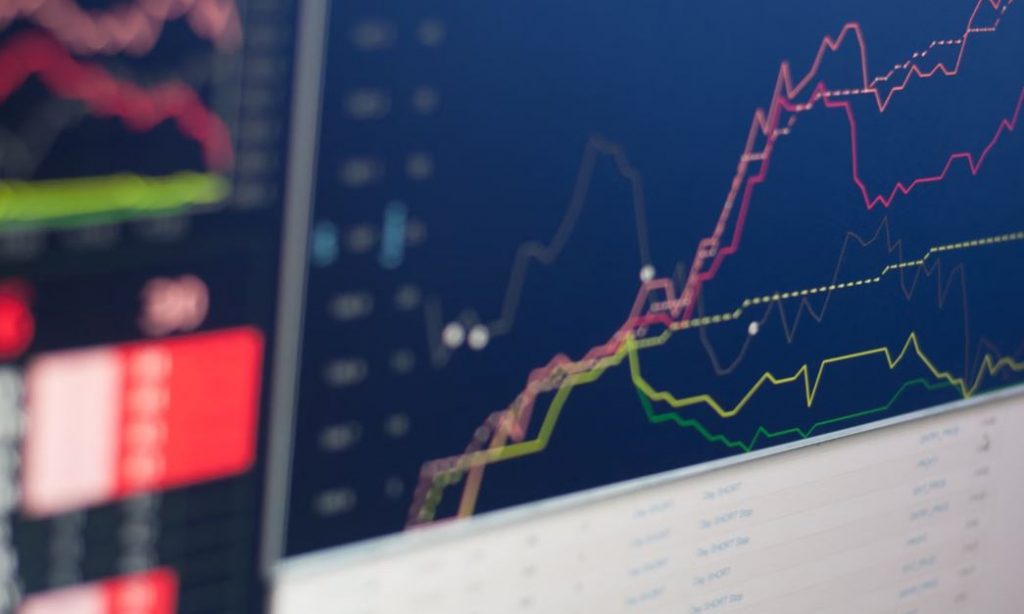Trading in the financial market can be complex, but understanding the basics can make the journey smoother. One of the primary concepts to grasp, especially for those interested in derivatives, is the difference between call vs put options. These two fundamental options trading instruments serve different purposes and can offer strategic benefits for buyers and sellers.
1. Call Options: Securing the Right to Buy
A call option gives the person who owns it the choice, but not the requirement, to purchase an asset, usually stocks, at a set price (called the strike price) within a certain period. Purchasing a call option signifies a bullish outlook, meaning the investor expects the asset price to rise.
If someone thinks the stock price will rise shortly, they might consider buying a call option. This way, they can secure a lower buying price today, even if the stock’s value increases later. If your forecast turns out to be correct, employing this strategy can result in significant profits. Conversely, if the stock price remains stagnant or falls, your potential loss is limited to the premium (the cost) you paid for the option.
2. Put Options: Securing the Right to Sell
Conversely, a put option offers its holder the right, without the obligation, to sell an asset at a predetermined strike price within a specific timeframe. Acquiring a put option often reflects a bearish market perspective, indicating the expectation that the asset’s price will decline.
Why might someone purchase a put option? It acts as a form of insurance for those holding the underlying stock. When the stock’s price takes a sharp dive, a put option permits the investor to sell the stock at the previously set higher strike price. Like the call option, if the stock’s price rises or remains unchanged, the maximum loss is confined to the premium paid for the option.
3. Premiums: The Price of Opportunity
Both call and put options come with a cost called the premium. This is the amount paid by the option buyer to the option seller. Premiums are determined by various factors, including the option’s strike price relative to the current market price, the option’s duration, and the underlying asset’s volatility.
How does this play into strategy? Savvy investors closely monitor these determinants, seeking opportunities where they believe the premium accurately reflects the potential value or risk of the option.
4. Expiry Date: Time is of the Essence
All options have an expiration date, after which they become worthless. This date is crucial as it dictates how long the option holder has to exercise their right to buy (for call options) or sell (for put options) the underlying asset.
Why does this matter? The time value of options generally decreases as they approach their expiry date, a phenomenon known as time decay. Thus, understanding and strategically choosing expiry dates is pivotal for investors looking to maximize potential gains.
5. Understanding Intrinsic Value and Time Value
SoFi states, “Option trades—call and put options—can be popular with individual or amateur traders because they offer a way to make profits from large movements in a stock without having to own the underlying shares.”
Each option’s premium comprises two parts: intrinsic value and time value. Intrinsic value indicates the gap between the asset’s current market price and its strike price, but only when this difference is beneficial. The time value, however, reflects the potential for the option’s price to change before its expiration.
Why is this significant for traders? By assessing both the intrinsic and time value, traders can make informed decisions about the real worth of an option. It helps them discern whether the option is overpriced or underpriced, guiding their trading strategies.
Call-and-put options are essential tools in financial trading, providing investors with strategic choices in diverse market conditions. While they come with risks, understanding their basic principles can help leverage their potential advantages. Whether you’re bullish or bearish, there’s an option that might fit your trading strategy. Remember, as with all investments, it’s crucial to research and consult with a financial advisor.
